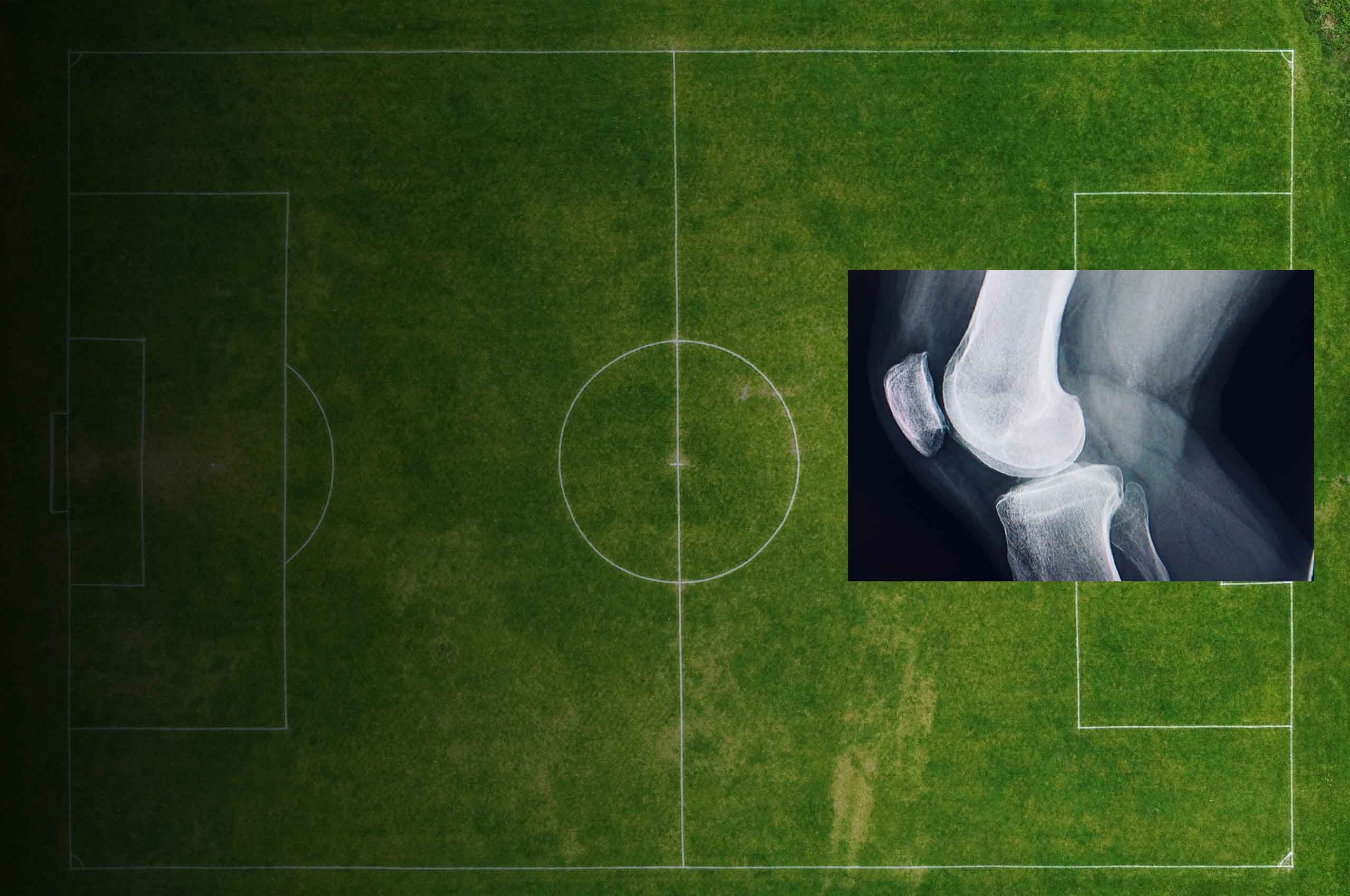
Women in Sport
We’re levelling the playing field for women’s sport
From women-focused injury prevention research to advanced training programs and world-class sporting facilities, La Trobe University is using its excellence in health, science and technology to better prepare women athletes for whatever challenges they face on the field.
Real impact right here and now
Changing the game with our sport industry partnerships
Learn more about Chloe’s progression through the ranks of the sport industry thanks to La Trobe’s industry partnership with the Carlton Football Club, and how her PhD research is preparing Carlton’s women athletes for any on-field challenge.
Why study Sport at La Trobe?
World-class sports research
La Trobe's research in human movement and sports science and in physiology is rated 'well above world standard'.
Australian Research Council, 2019, Excellence in Research for Australia (ERA) Outcomes 2018
Top 50 globally
We’re ranked in the world’s top 50 for sport.
Quacquarelli Symonds (QS), 2025, QS World University Rankings by Subject 2025: Sports-Related Subjects
*Montalvo, A, Schneider, D, Webster, K et al, 2019, ‘Anterior Cruciate Ligament Injury Risk in Sport: A Systemic Review and Meta-Analysis of Injury Incidence by Sex and Sport Classification’, National Library of Medicine, 2019
News
-

Helping women sport officials feel safe, included
Helping women officials in community sport feel included, safe
